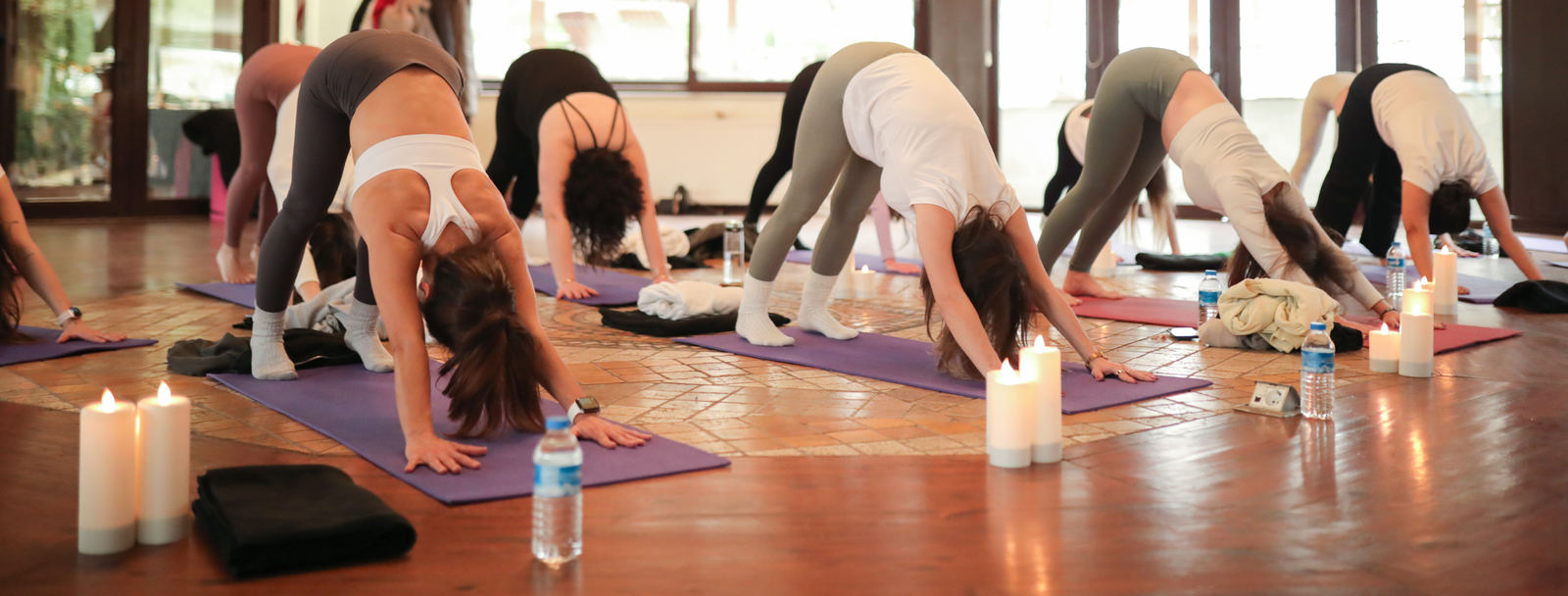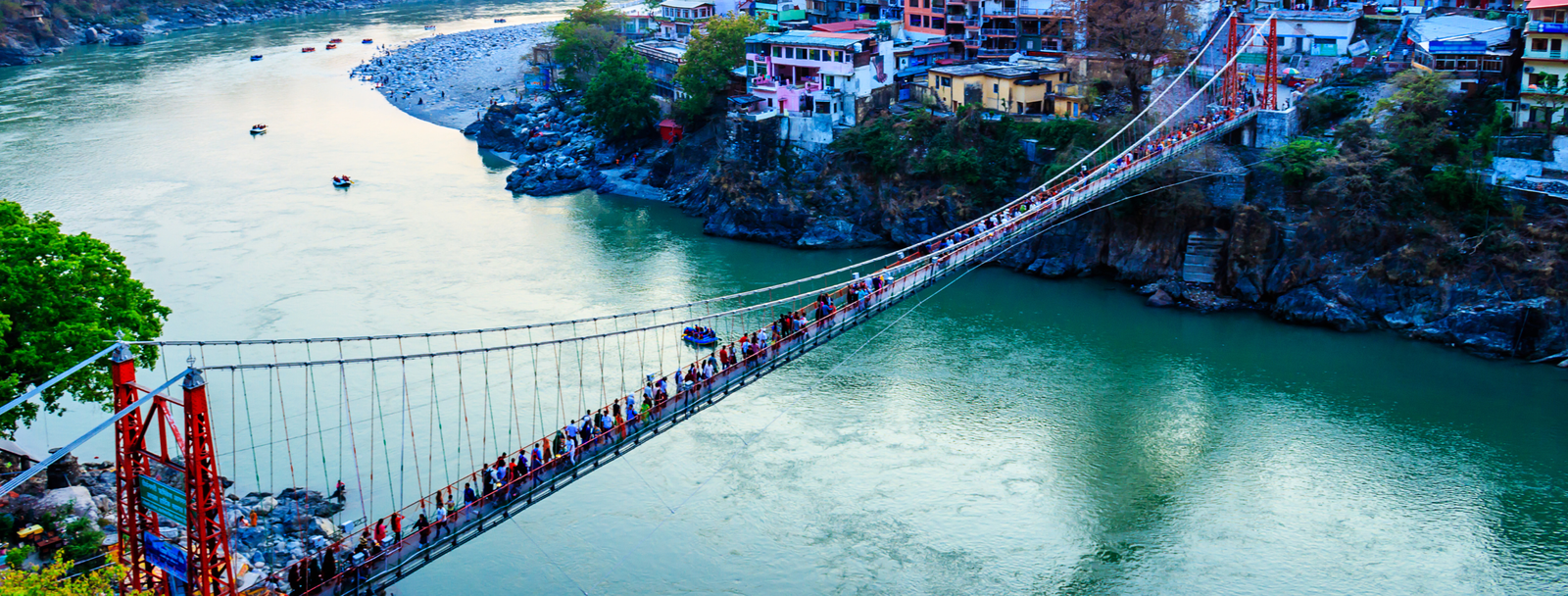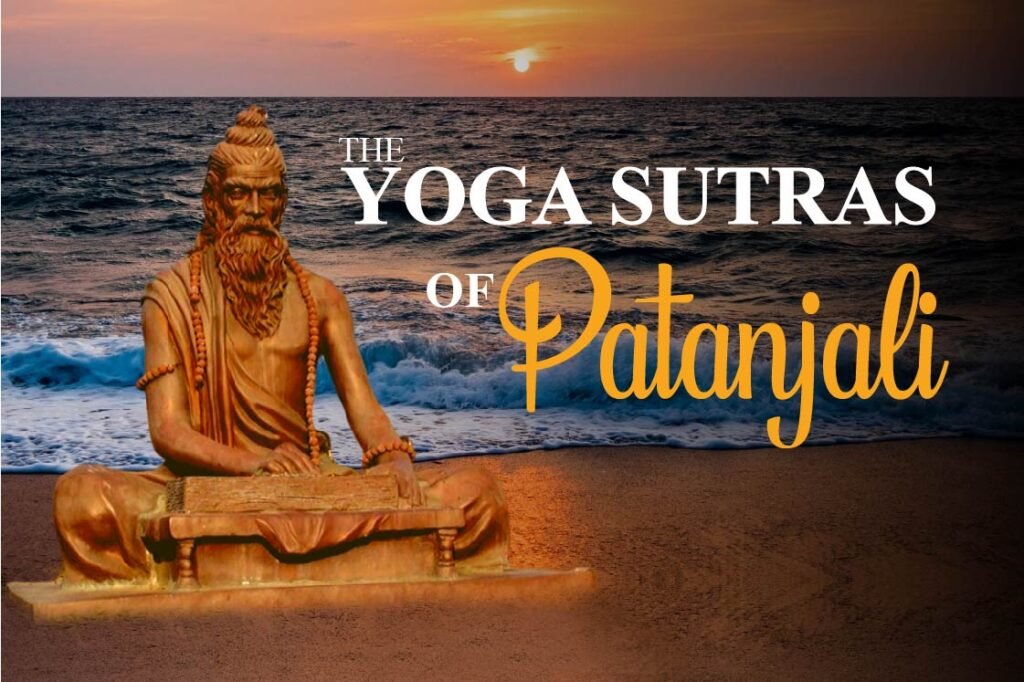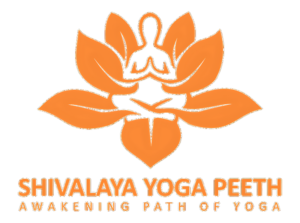Transform Your Body: Top 10 Yoga Poses for Effective Weight Loss
Transform Your Body: Top 10 Yoga Poses for Effective Weight Loss Presently, our objective is to eradicate surplus weight and reduce adipose tissue from the flanks, lower extremities, and hips, is it accurate? We have all endeavored to engage in intense physical activity, adhere to tight dietary plans, and undergo times of abstaining from food, […]







